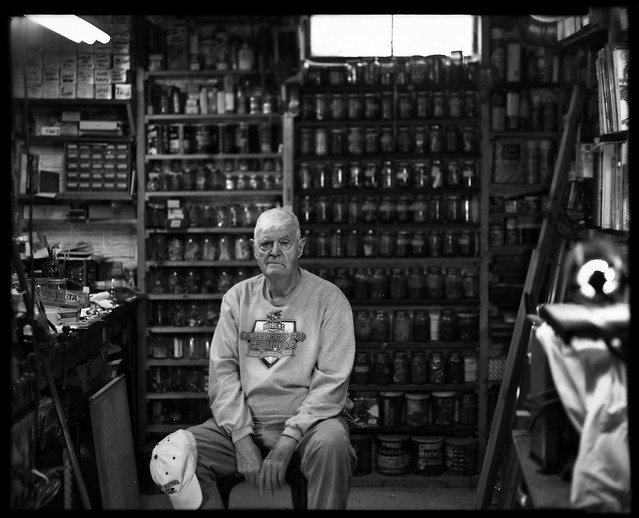The 52 Project, Week 25: PDN PPE in NYC with the FPP!
 Tuesday, February 8, 2011 at 2:37PM
Tuesday, February 8, 2011 at 2:37PM 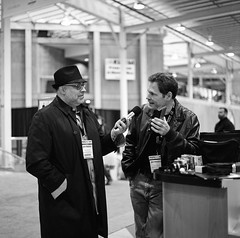 Duane explaining the Hasselblad NPC Polaroid back.
Duane explaining the Hasselblad NPC Polaroid back.
The acronyms, make them stop! >__<
Seriously now, this first week of my little trip out east was pretty freaking awesome. There were a lot of photos taken, and whole hell of a lot to scan; most of which are still being scanned, by the way. So all the following weeks you’re about to see will be completely in order of awesome and in no sense of chronological order. Enjoy.
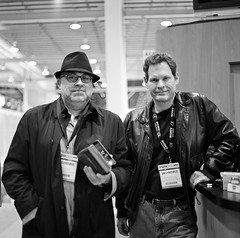 FPP Hosts Mike Raso & Duane Polcou
FPP Hosts Mike Raso & Duane Polcou
First up is the main reason I made this trip, to go meet the makers of the Film Photography Podcast at Photo Distric News’ Photo Plus Expo 2010 in New York City. (see why I used the acronyms? :P) Before, during, and after my interview with them, I managed to snag some shots of Mike Raso (left) and Duane Polcou (right) at the registration/interview booth outside of the madness of the PPE showroom. Overall, the interview went very well, Mike and Duane were awesome guys who were as, if not more, enthusiastic about film than me. While I was snagging pictures of them, Mike was snagging pictures of me and the whole kit, with a Kodak Pocket Instamatic 110 camera and some Impossible PX 600 black and white.
With FPP’s more recent interest in large format, I’ll have to pay them a visit and let them play around with the 8x10. Good times for sure. ^__^
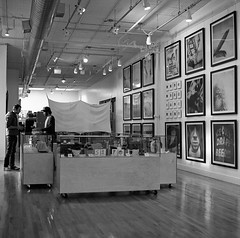 Impossible Project Space, NYCLater that same afternoon, I made the huge mistake of walking almost four miles from the Jacob Javits Expo Center all the way to the Impossible Project NYC Space. Thankfully, the long haul was worth it! All the way up on the fourth floor of this building, rested one of the last frontiers for instant film in the world! If you haven’t heard of The Impossible Project or tried out their awesome films, be sure to check them out.
Impossible Project Space, NYCLater that same afternoon, I made the huge mistake of walking almost four miles from the Jacob Javits Expo Center all the way to the Impossible Project NYC Space. Thankfully, the long haul was worth it! All the way up on the fourth floor of this building, rested one of the last frontiers for instant film in the world! If you haven’t heard of The Impossible Project or tried out their awesome films, be sure to check them out.
Something Good: The scans are pretty clean, with a long tonal scale and chock-full of midtones. TMAX 400 in XTOL 1:1 never seems to go wrong.
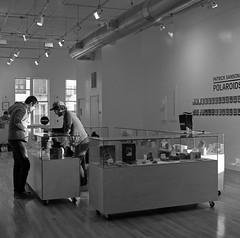 Btw, the Pat Sansone show was also awesome!Something Bad: The light in the Javits Center was a tad low for ISO 400, but opening up the aperture and lowering my shutter speed to dangerous handheld levels, 1/15 and 1/30th were necessary for the final image.
Btw, the Pat Sansone show was also awesome!Something Bad: The light in the Javits Center was a tad low for ISO 400, but opening up the aperture and lowering my shutter speed to dangerous handheld levels, 1/15 and 1/30th were necessary for the final image.
Something Learned: The best way to meet new people in photography is to get out there and shoot. And when you’re sick of shooting, go on the internet and put yourself out there some more. Chances are you’ll run into cool guys like the FPP; heck, you might even score some new gear or film!
Next Week: More medium format scans from the trip, still trying to nail down these 8x10’s. >__<
